Breadcrumb
Deep Learning-Based Context-Aware Video Content Analysis on IoT Devices
Integrating machine learning with the Internet of Things (IoT) enables many useful applica-tions. For IoT applications that incorporate video content analysis (VCA), deep learning models are usually used due to their capacity to encode the high-dimensional spatial and temporal representations of videos. However, limited energy and computation resources present a major challenge. Video captioning is one type of VCA that describes a video with a sentence or a set of sentences. This work proposes an IoT-based deep learning-based framework for video captioning that can (1) Mine large open-domain
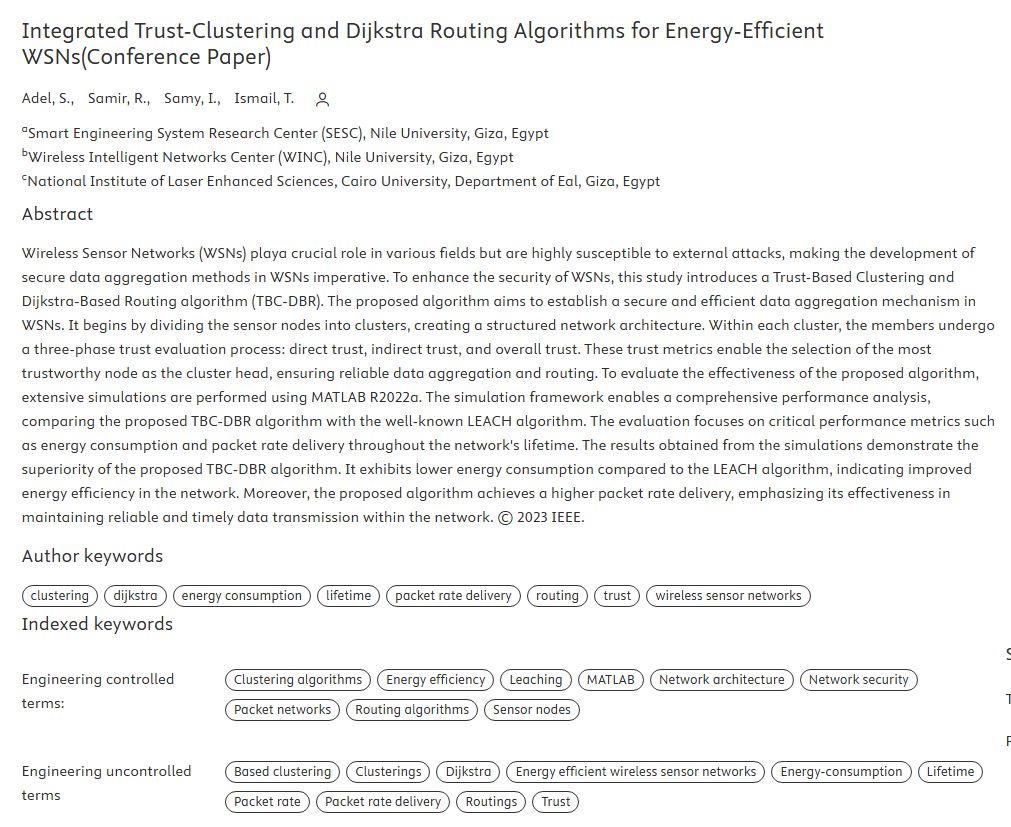
Integrated Trust-Clustering and Dijkstra Routing Algorithms for Energy-Efficient WSNs
Wireless Sensor Networks (WSNs) playa crucial role in various fields but are highly susceptible to external attacks, making the development of secure data aggregation methods in WSNs imperative. To enhance the security of WSNs, this study introduces a Trust-Based Clustering and Dijkstra-Based Routing algorithm (TBC-DBR). The proposed algorithm aims to establish a secure and efficient data aggregation mechanism in WSNs. It begins by dividing the sensor nodes into clusters, creating a structured network architecture. Within each cluster, the members undergo a three-phase trust evaluation process

Stability Analysis and Fault Detection of Telecommunication Towers Using Decision Tree Algorithm under Wind Speed Condition
This paper presents a decision tree (DT) modeling technique to estimate any increase in the load on telecommunication towers. A structural analysis was done for the lattice and mono-pole towers using TNX Tower software to determine the basic features of the towers, such as tilt angle, deflection, twist, and acceleration. The structure analysis generated a data set based on wind speeds. This data set was then used to train a machine-learning algorithm to estimate the loads on the structure. Any change in the applied loads greater than the loads considered in the design might be identified using
Correction to: Optimization of energy-constrained wireless powered communication networks with heterogeneous nodes (Wireless Networks, (2019), 10.1007/s11276-017-1587-x)
The original version of this article contained error in author affiliation. Also, the article note and acknowledgement sections are missing. © 2018, Springer Science+Business Media, LLC, part of Springer Nature.
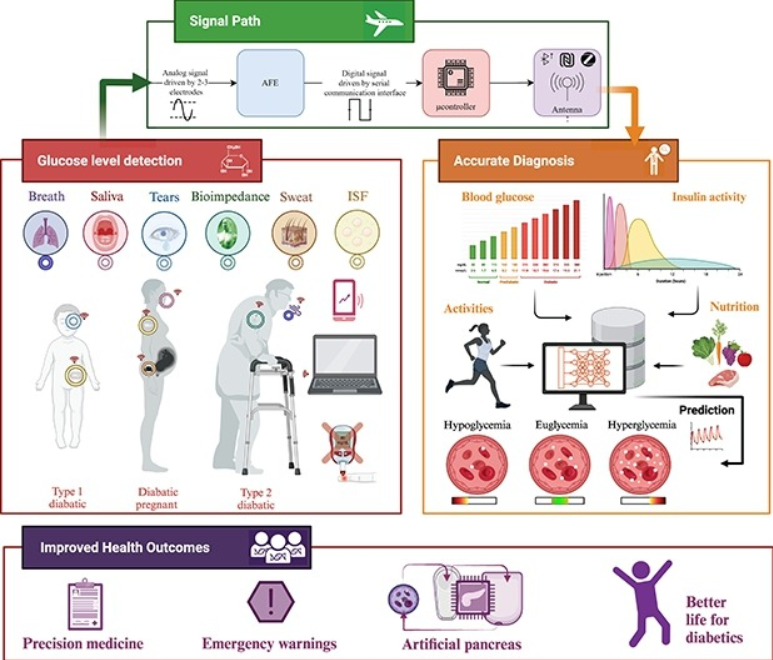
Wearable devices for glucose monitoring: A review of state-of-the-art technologies and emerging trends
Diabetes is a chronic condition that is characterized by high blood glucose levels and can cause damage to multiple organs over time. Continuous monitoring of glucose levels is essential for both diabetic and non-diabetic individuals. There have been major developments in glucose monitoring technology over the past decade, which have been driven by research and industry efforts. Despite these significant advancements, the area of glucose biosensors still faces significant challenges. This paper presents a comprehensive summary of the latest glucose monitoring technologies, including invasive

Enhancement of Organic Solar Cell Absorption by ZnO and LiF Insertion within the Active Layer
Optical performance enhancement of organic solar cells is crucial to achieve high power conversion efficiency. The active layer is the only layer that is of interest. A modified active layer of P3HT:PCBM with nanoparticles of ZnO and LiF are embedded in the active layer. The optical outcomes showed an increase in the absorption by 4.67% compared to the case without ZnO and LiF. Spacing between ZnO and LiF along with their dimensions are important to absorption enhancement. Compact spacing between ZnO and LiF inhibits light absorption due to large reflection. A maximum increase in current by 17
Light-Weight Food Image Classification For Egyptian Cuisine
Food is an integral aspect of daily life in all cultures. It highly affects people's diets, eating behaviors, and overall health. People with poor eating habits are usually overweight or obese, which leads to chronic diseases such as diabetes and cardiovascular disease. Today, the classification of food images has several uses in managing medical conditions and dieting. Deep convolutional neural network (DCNN) architectures provide the foundation for the most recent food recognition models. However, DCNNs are computationally expensive due to high computation time and memory requirements. In
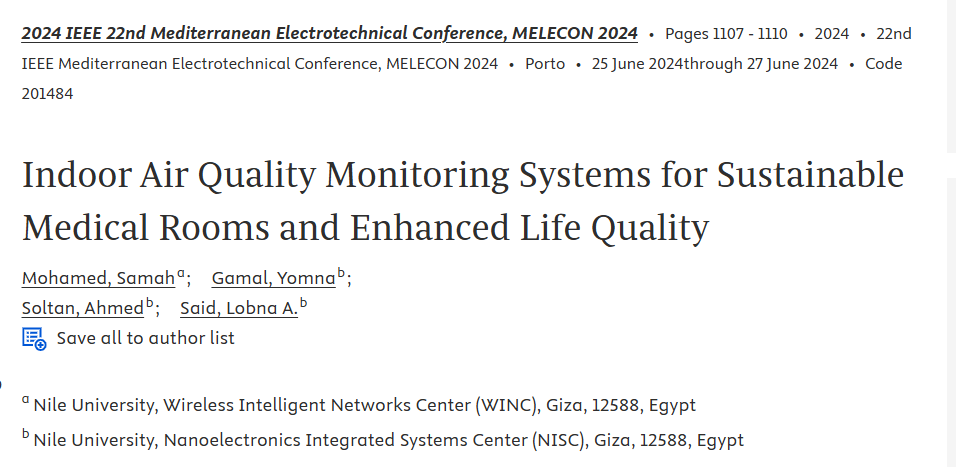
Indoor Air Quality Monitoring Systems for Sustainable Medical Rooms and Enhanced Life Quality
Indoor air pollution poses a substantial risk to human health and well-being, underscoring the crucial requirement for efficient monitoring systems. This paper introduces an advanced Air Pollution Monitoring System (APMS) tailored explicitly for indoor settings. The APMS integrates sensors and a user interface, ensuring the delivery of real-time and precise data concerning air quality parameters such as particulate matter (PM), volatile organic compounds (VOCs), carbon dioxide (CO2), as well as temperature and humidity. The proposed APMS has several advantages, including low maintenance
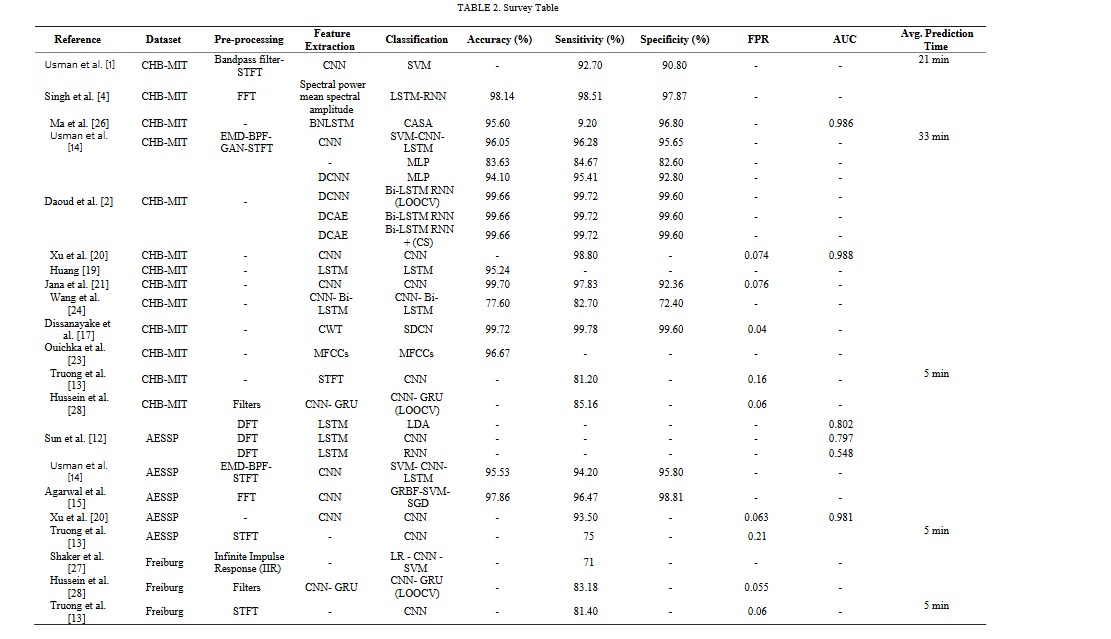
Deep Learning Approaches for Epileptic Seizure Prediction: A Review
Epilepsy is a chronic nervous disorder, which disturbs the normal daily routine of an epileptic patient due to sudden seizure onset that may cause loss of consciousness. Seizures are periods of aberrant brain activity patterns. Early prediction of an epileptic seizure is critical for those who suffer from it as it will give them time to prepare for an incoming seizure and alert anyone in their close circle of contacts to aid them. This has been an active field of study, powered by the decreasing cost of non-invasive electroencephalogram (EEG) collecting equipment and the rapid evolution of
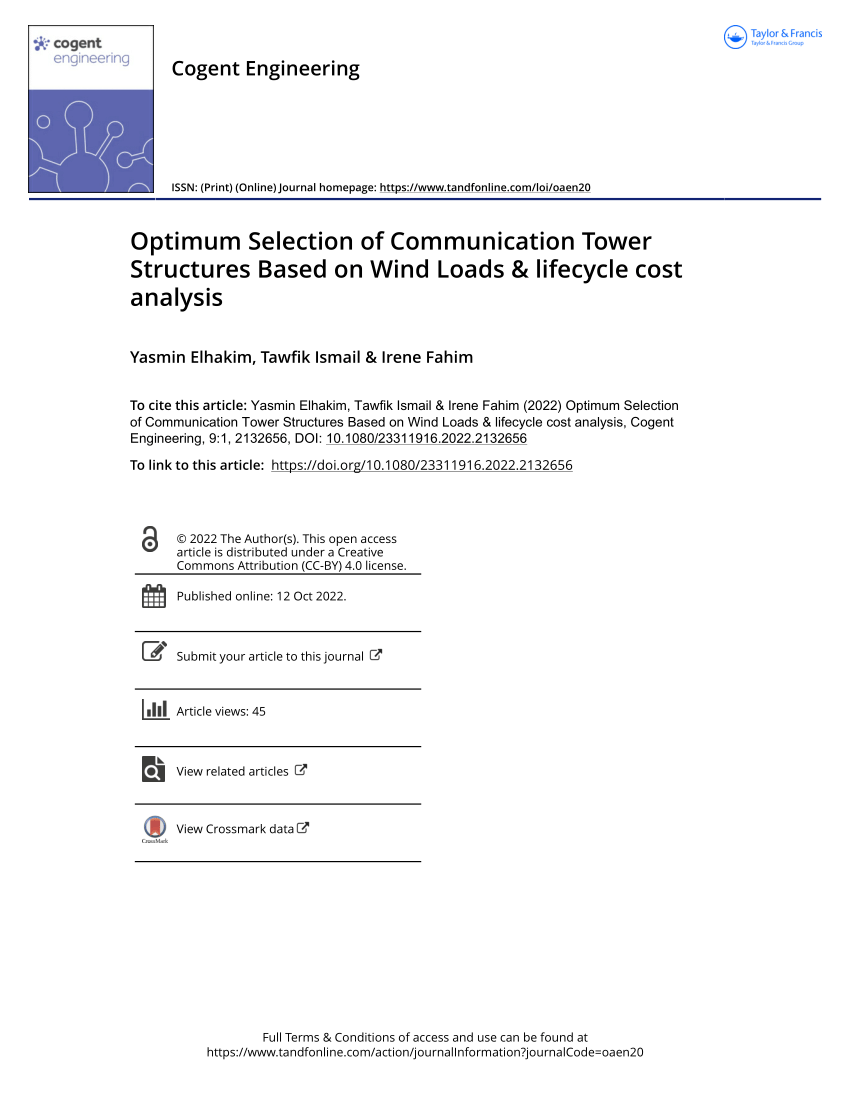
Optimum Selection of Communication Tower Structures Based on Wind Loads & lifecycle cost analysis
Communication towers are vital assets in our daily lives as they transfer signals between cell phones facilitating communication and commerce among people and businesses all around the world. Wind loads are crucial in the communication towers design since they are tall and slender. With climate change bringing more storms and higher wind speeds, it is more crucial to research the finest tower structure that withstands such conditions with the least life cycle cost. Therefore, in this paper, a comparative case study is performed between 45 m height lattice tower and monopole tower in Egypt. Two
Pagination
- Page 1
- Next page ››
